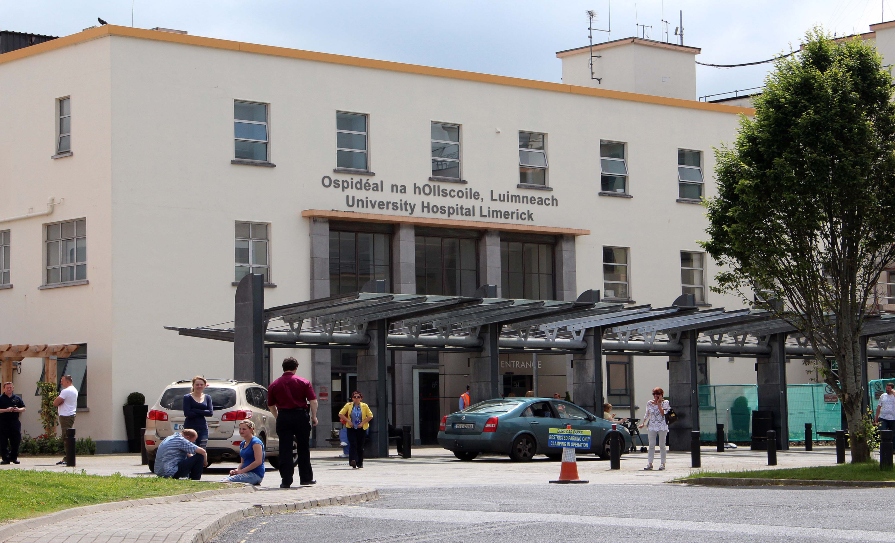The IMO has described the crowding in the emergency department (ED) in University Hospital Limerick (UHL) as a severe example of a national issue which is happening across Irish acute hospitals.
Dr Alan Watts and Dr John McManus of UHL attended the special meeting of the Oireachtas committee on health, which took place on-site in UHL on Monday 8 April – where the IMO warned Irish hospitals are operating significantly above the internationally recommended occupancy levels owing to a lack of available hospital beds.
In their submission, the IMO stated Ireland has a quoted hospital bed occupancy rate in excess of 97 per cent.
Internationally, according to the Organisation, it is accepted that with an occupancy rate in excess of just 85 percent hospitals will be challenged in making a bed available in a timely manner to patients admitted through the ED. When the patients waiting for admission on chairs and trolleys are taken into account the actual occupancy rates in Ireland often exceed 105 per cent which compromises care and increases mortality.
The IMO believes that the fundamental issue in UHL is that services in Ennis and Nenagh hospitals were closed without adequate capacity being made available in UHL. The capacity was not sufficient to meet the needs of the population then and in the intervening years we have seen a rapid growth in population and significant growth in the elderly population. This increase has quite simply not been matched by investment in the required capacity or workforce.
The IMO said it was important not to understate the impact of crowding in EDs.
The Organisation said has been proven to compromise care, delay time to antibiotics for patients suffering with sepsis, delay interventions for patients suffering heart attacks and strokes, delay the delivery of pain relief, delay ambulance turnaround time and increase the risk of infection.
It is known to be associated with preventable death in patients attending EDs.
Dr Peadar Gilligan of the Consultant Committee of the IMO cautioned against blaming doctors and nurses for the crowding of EDs.
He said Government should focus on delivering the additional 5,000 beds required.
He said: “To blame doctors or other healthcare staff for problems that have been directly caused by decades of under investment, by successive governments, is unhelpful and is leading to even lower morale.”
“There are simply not enough hospital beds. Doctors and allied health professionals to deliver the ever-increasing needs of the population. Despite this we have an ongoing recruitment freeze imposed by the HSE due to lack of funding from Government.”
The issue of crowding in EDs and the lack of capacity in the Irish healthcare system was one of the issues discussed during the IMO’s recent AGM, which took place from 4-6 April in Killarney, Co Kerry.













Leave a Reply
You must be logged in to post a comment.